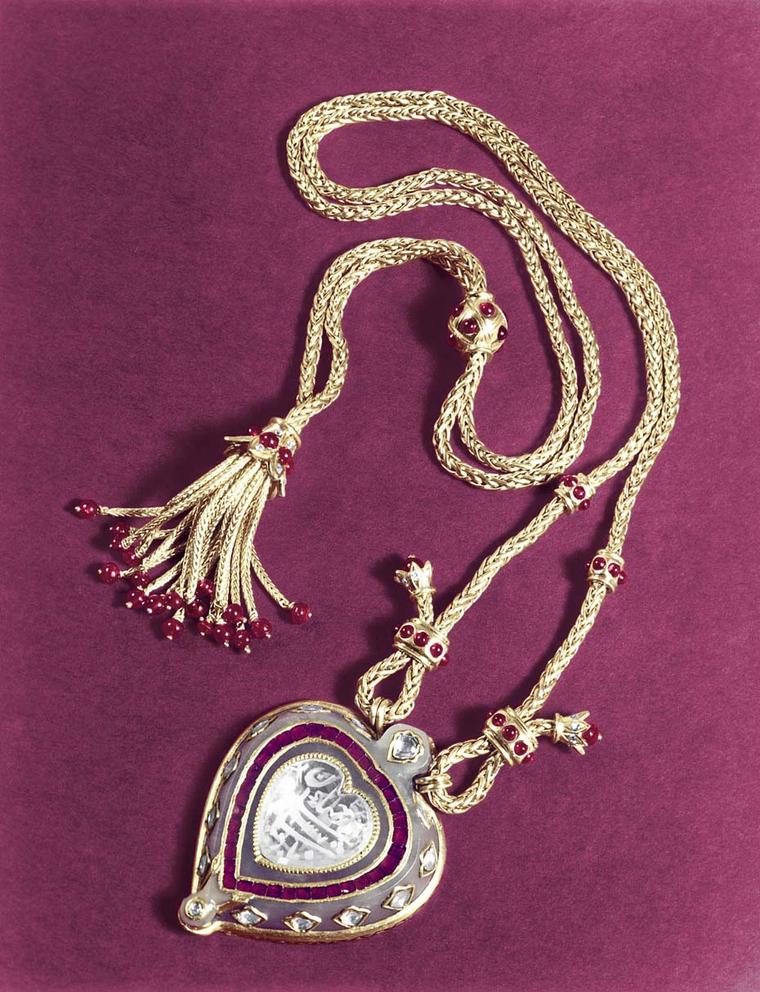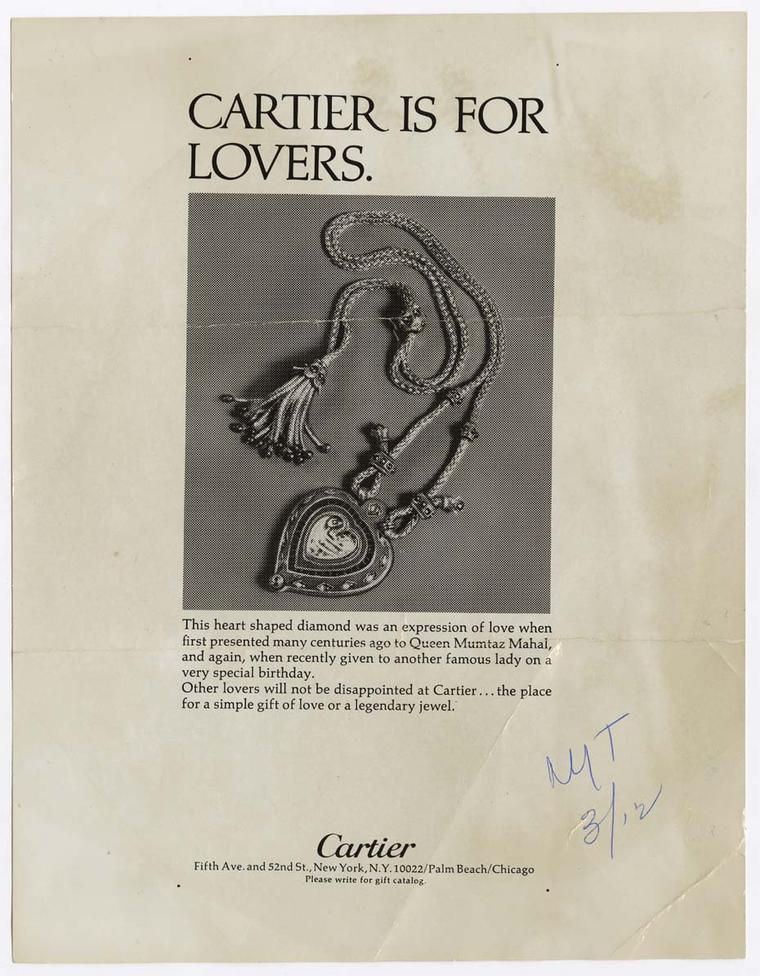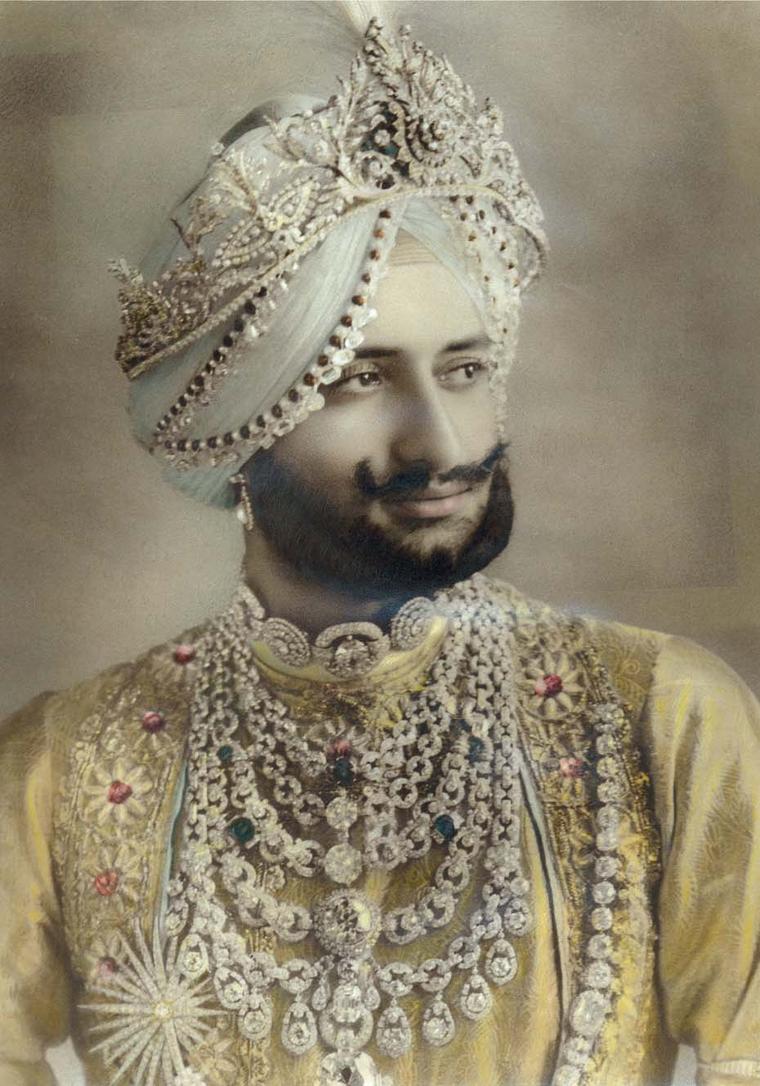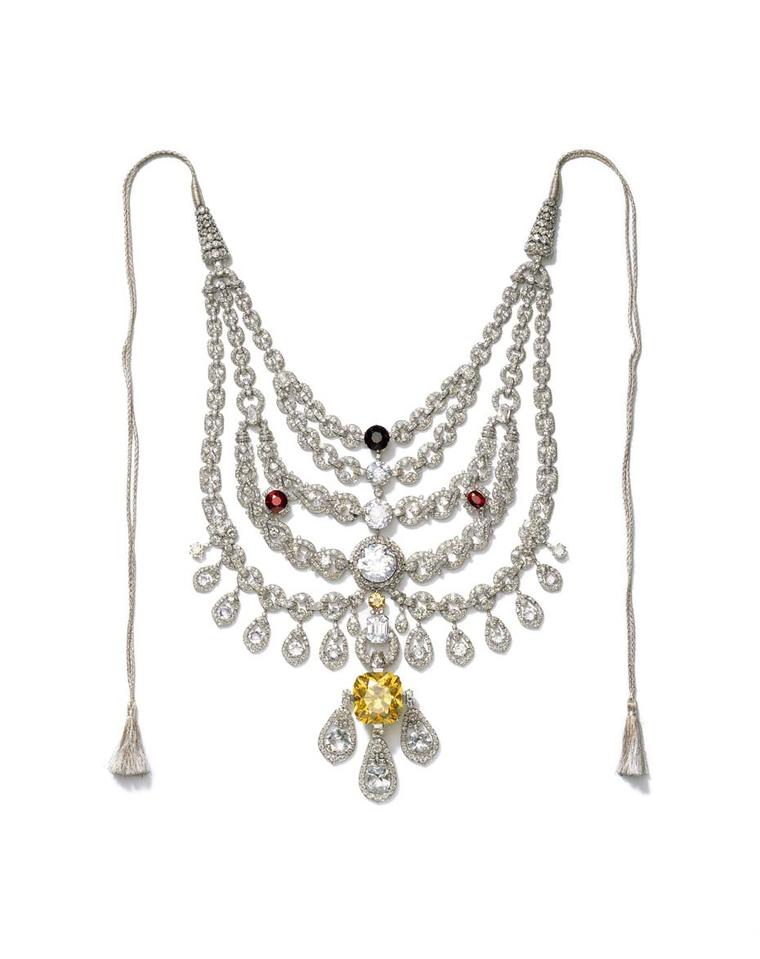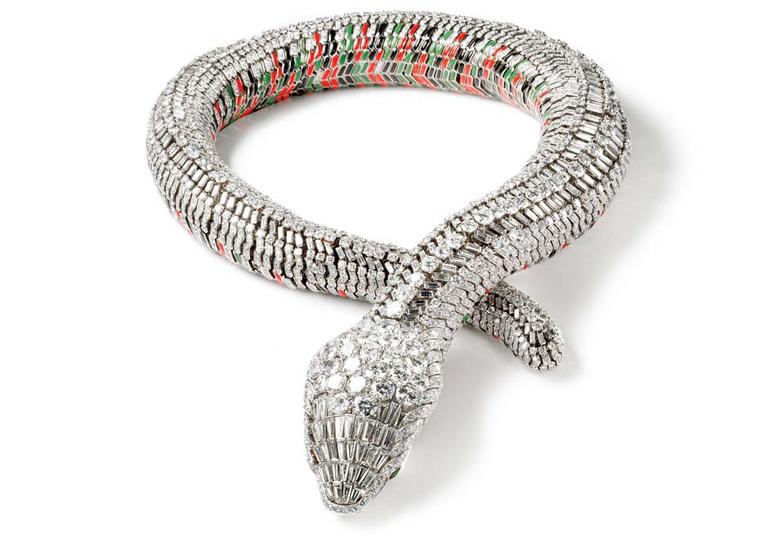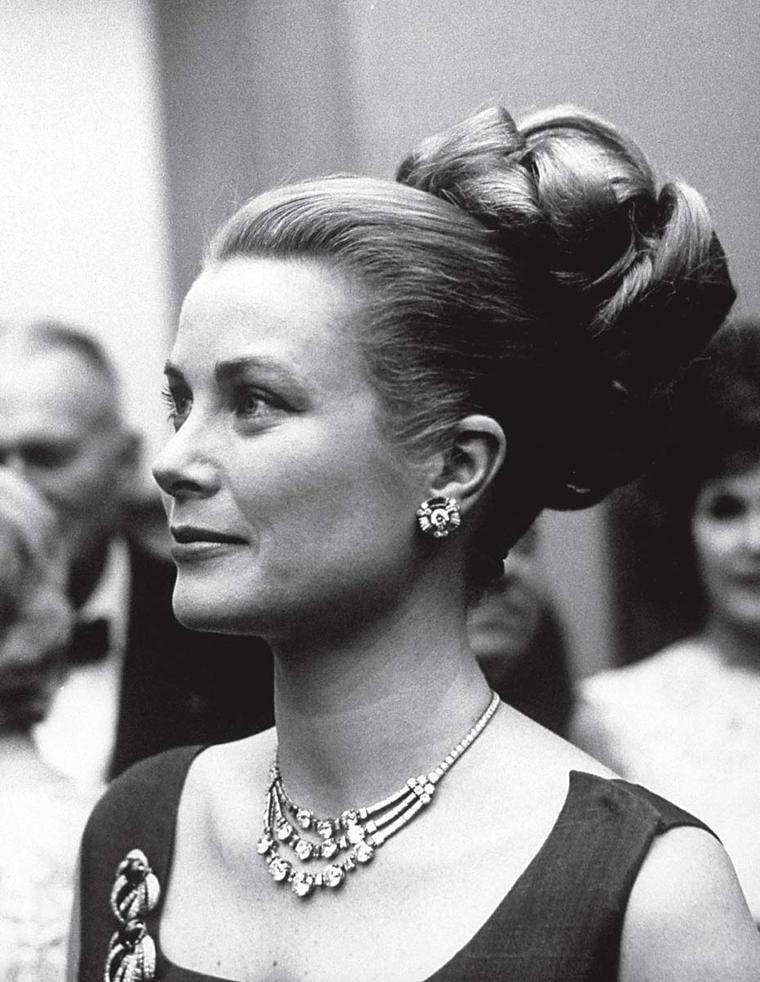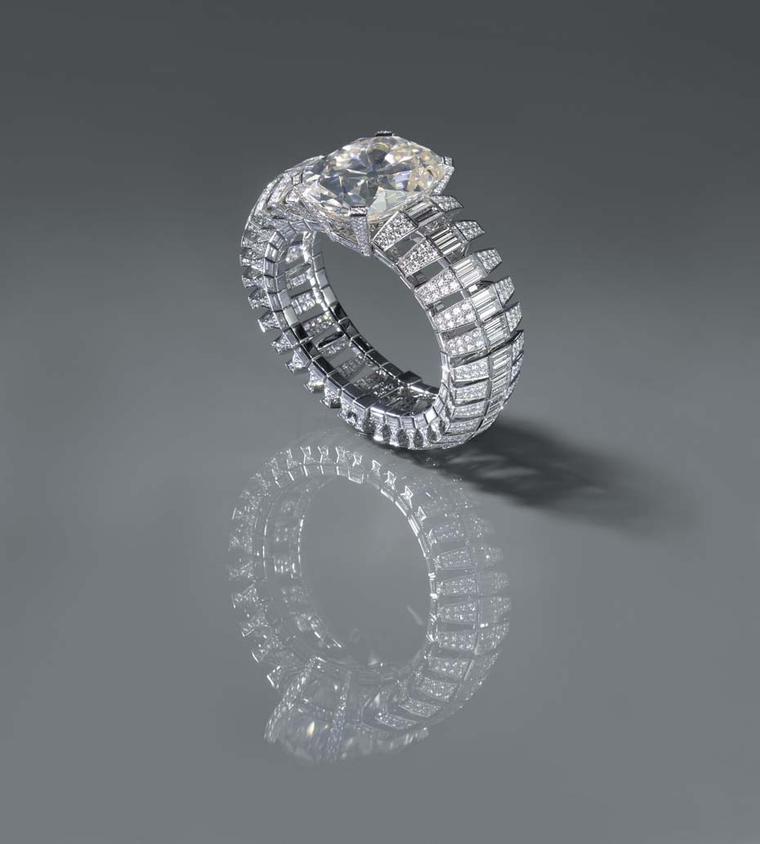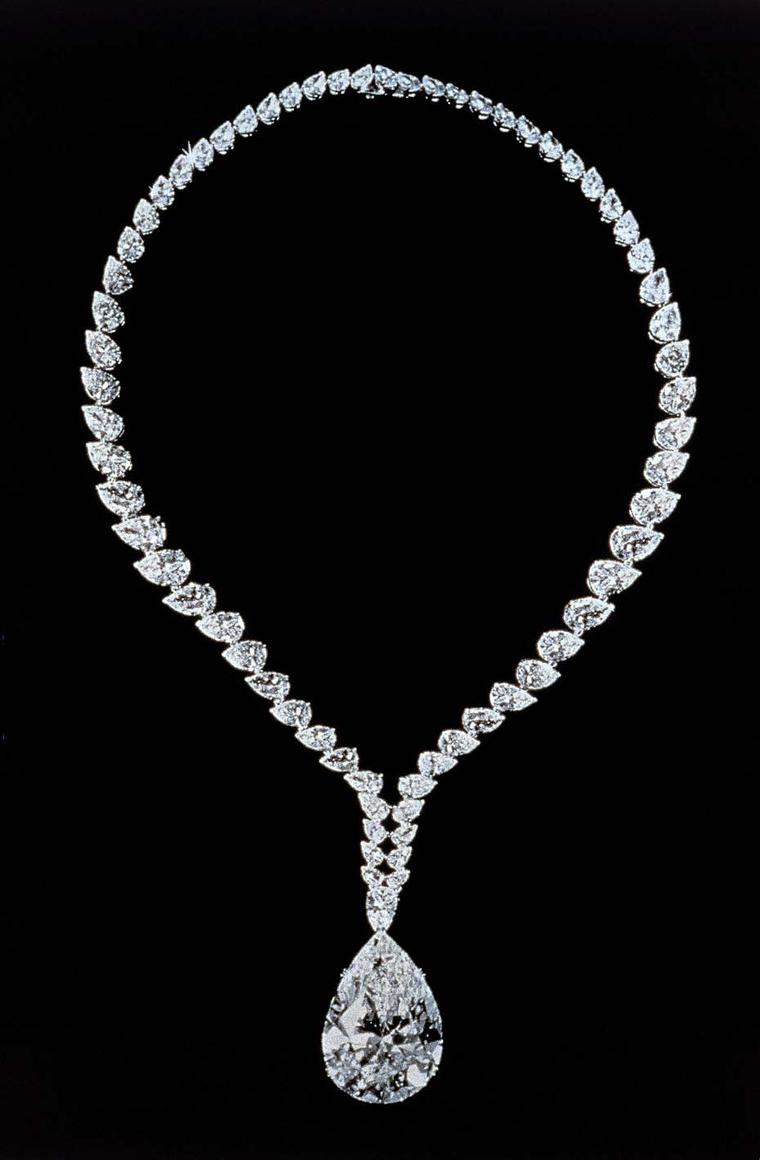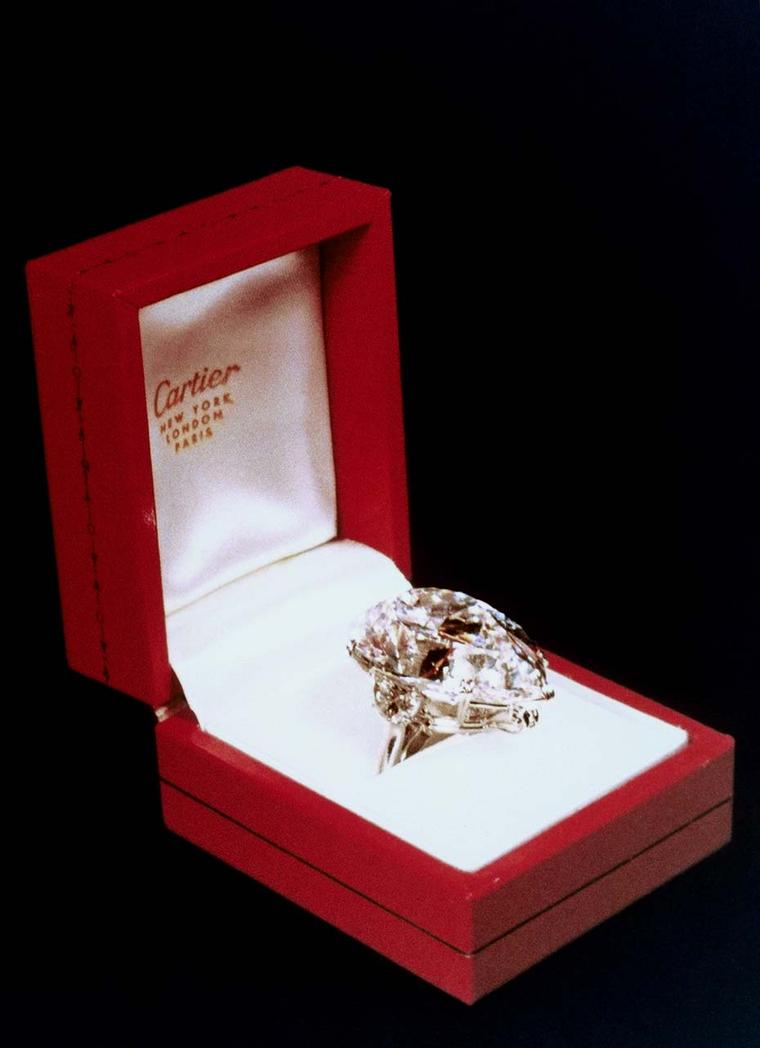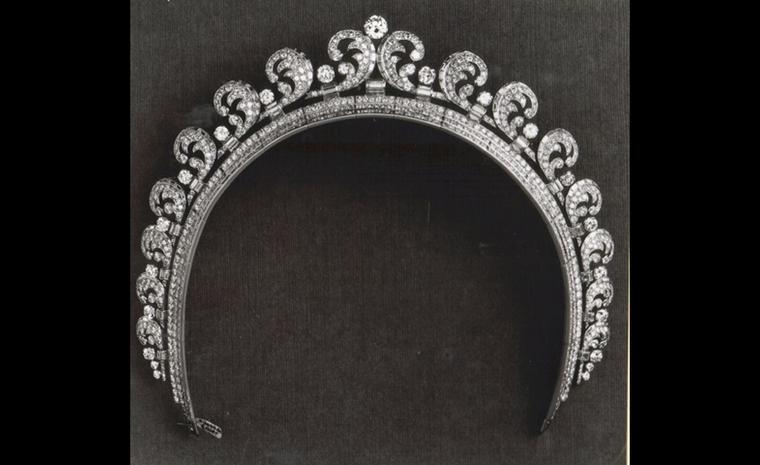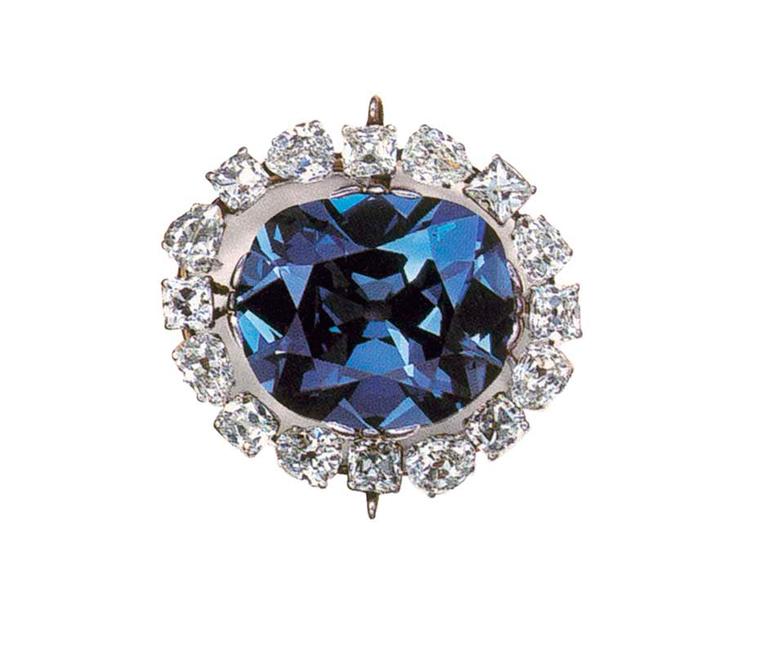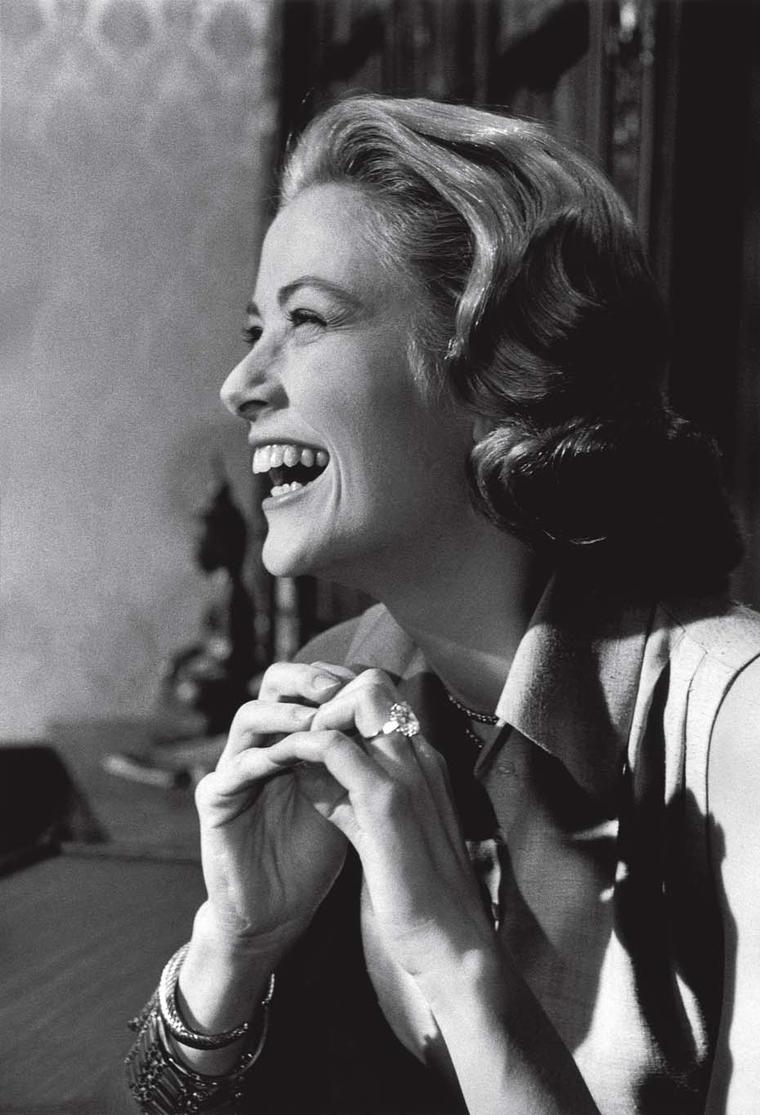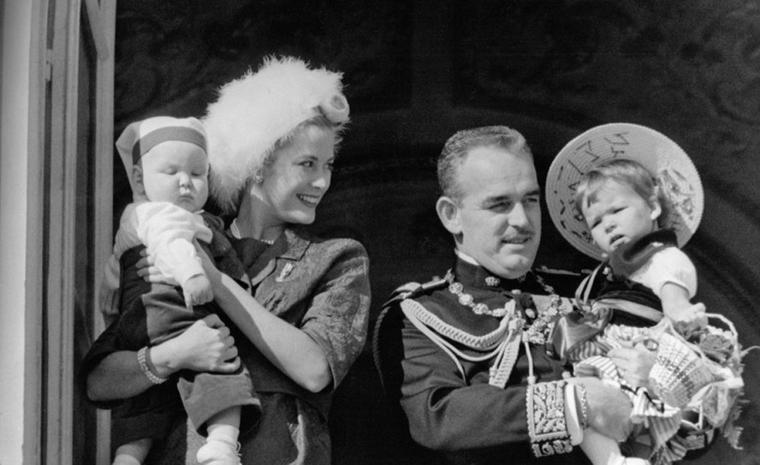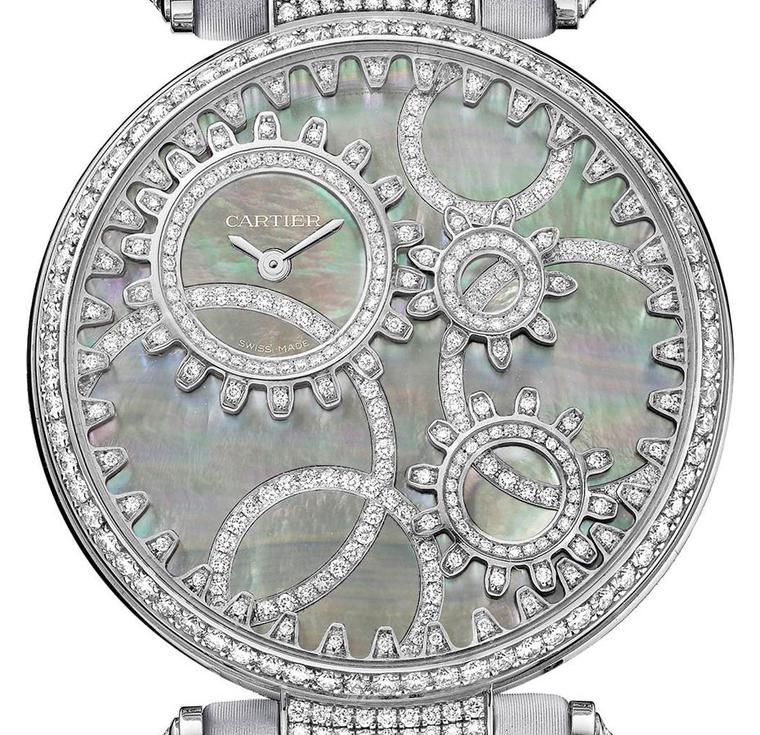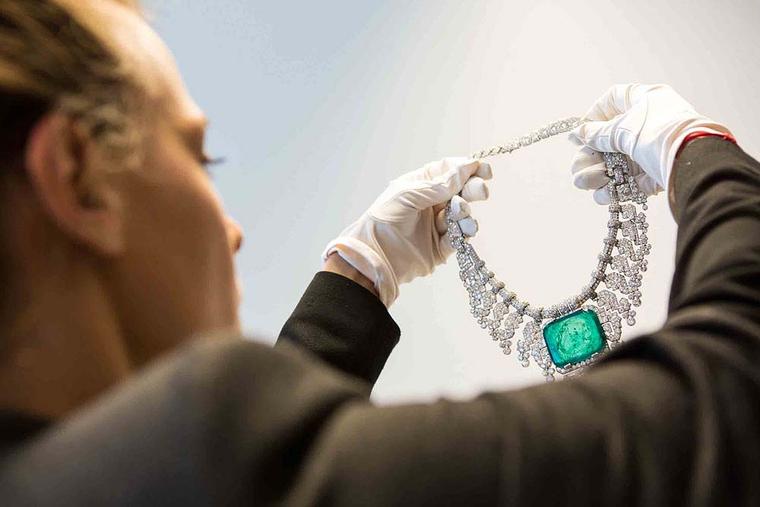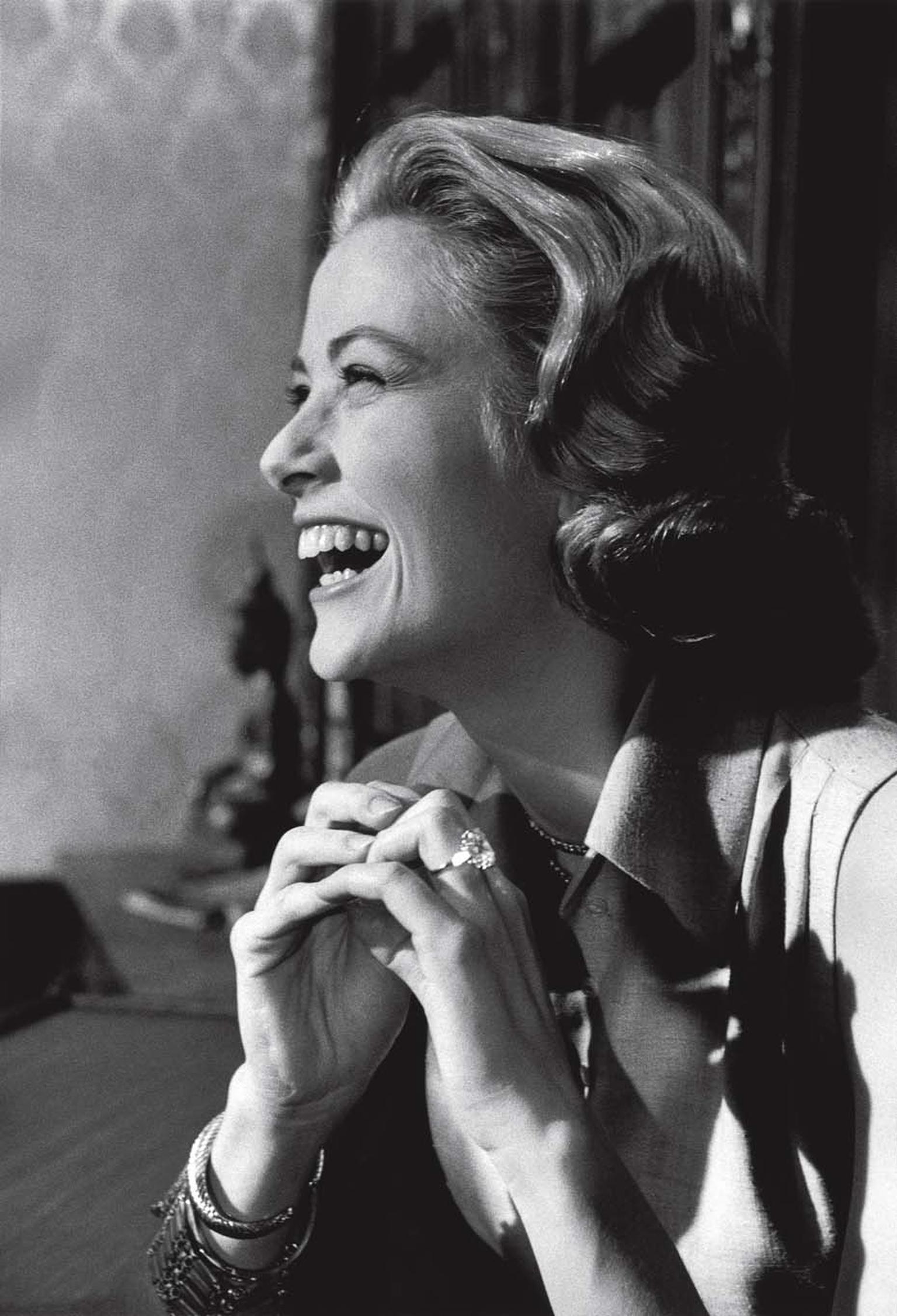
The name Cartier is synonymous with some of the world's most famous diamonds.
From Grace Kelly and Elizabeth Taylor to, most recently, Kate Middleton, through the decades, the world's most stylish and iconic women have chosen diamonds signed by Cartier.
Hollywood actress turned real life fairytale princess Grace Kelly wore an exquisite diamond Cartier necklace on her wedding day in April 1956. Consisting of three strands of alternating round and baguette-cut diamonds, the necklace perfectly complemented her Cartier diamond and platinum tiara.
The Princess' longstanding relationship with Cartier had begun earlier that year when she was given a Cartier engagement ring by Prince Rainier III featuring a truly exceptional 10.47ct emerald-cut diamond flanked by two baguette-cut diamonds. Grace's choice of engagement ring, an enchanting mix of sparkle and sobriety, reflected the actress's firm belief that, when it comes to style, less is more.
Another actress with a penchant for impressive gems was Elizabeth Taylor, one of the world's most famous collectors of jewellery - and husbands. Fortuitously, Taylor's fifth husband Richard Burton shared the actress' love for exquisite jewels and together the couple amassed an impressive jewellery collection during their decade together.
The so-called Taylor-Burton diamond is as remarkable for its size as it is for the story behind it. Originally known as the Cartier diamond, the 69.42ct stone was the twelfth largest in the world when Cartier bought it at auction in 1969 and the largest diamond ever to have been privately owned.
Less than 48 hours later it was bought by Richard Burton and, at the request of Elizabeth Taylor, removed from its ring setting and made into a stunning pendant necklace. The actress first wore the diamond at the Scorpio Ball that same year to celebrate the 40th birthday of her fellow Cartier devotee Grace Kelly.
Three years later, in 1972, when Elizabeth Taylor reached her 40th birthday, Richard Burton bought his wife another famous Cartier diamond. Known as the Taj Mahal Diamond, the heart-shaped diamond pendant dated back to 1627-1628 and was engraved with the name Nur Jahan, the wife of the Mogul Emperor Jahangir.
Cartier took out an ad in the New York Times featuring a picture of the pendant and inviting readers to guess to whom it was given as a birthday gift. The jeweller also designed an Indian-style gold and ruby chain to complement the historic diamond, which Taylor wore at her 40th birthday party.
Cartier has been intrinsically linked to India since the early 20th century, when Queen Alexandra, wife of Edward VII and Empress of India, commissioned Pierre Cartier to create a bespoke necklace from existing pieces of her jewellery. Pierre's brother, Jacques, visited India for the first time in 1911 and was entranced by the exoticism of these faraway lands, which had a profound influence on the maison, influencing many of its designs and resulting in some of the most iconic Cartier jewels of the time.
Cartier created many lavish pieces for the maharajas of India. Rich beyond belief and with a taste for Western fashions, these Indian royals entrusted Cartier with creating spectacular jewels incorporating their family treasures. In 1928, Sir Bhupindar Singh of Patiala commissioned Cartier to create a diamond parade necklace that was later passed down the family line to his son Sir Yadavindra Singh, the Maharajah of Patiala. A spectacular bib-style necklace, the famous Patiala necklace was set with almost 1,000 carats of diamonds.
Even today Cartier's strong links with India continue, with stones such as the 124.48ct Star of the South diamond, which formed part of the Maharajah of Baroda's collection of jewels. Bought by Cartier in 2002, the maison set this exceptional diamond into a platinum bracelet for the 2006 Biennale des Antiquaries in Paris.
Another extraordinary diamond jewel that deserves a special mention is María Félix's Snake necklace, created by Cartier in 1968. The lifelike serpent, regularly worn by Mexico's most glamorous actress coiled around her neck, took two years to make and features 2,473 brilliant and baguette-cut diamonds as well as two pear-shaped emeralds for the snake's eyes.
Perhaps the most famous Cartier diamond and certainly the most valuable is the Hope Diamond, which was in Cartier's ownership in the early 1900s. Described as "the most famous diamond in the world", Pierre Cartier sold it to the American heiress Evalyn Walsh McLean in 1911. McLean asked Cartier to create a new setting for the 45.52 carat deep-blue diamond, which Pierre did, surrounding it by a circle of 16 white diamonds. Evalyn's jewellery collection, including the Hope Diamond, was bought by Harry Winston in 1949 and later donated to the Smithonian Institution.
One piece that cannot be omitted when talking about famous Cartier diamonds is the 1936 Cartier Halo tiara worn by Kate Middleton on the occasion of her wedding to Prince William. Adorned with almost 800 diamonds, it was originally bought from Cartier London by the Duke of York for his wife, just weeks before he became king. It was passed on to the current Queen on her 18th birthday but had never before been worn at a Royal wedding.
The list of famous Cartier diamonds is long and intriguing. These incredible gems, and the jewels in which they are set, continue to fascinate, not only because of their impressive size, daring design and intricate craftsmanship but also because of the people who wore them and the stories they tell. It really is the stuff that legends are made of.
Read more on Cartier's iconic jewellery


